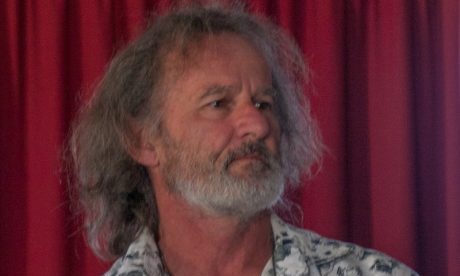When I met Pā Henare Tate in 1990 at his home marae, Motuti, on the north side of Hokianga Harbour, he told me a story about mullet.
I was editor of New Zealand Geographic magazine, then only a year old. The 150th anniversary of the signing of Te Tiriti was coming up, and I decided to devote an entire issue of the magazine to te ao Māori.
I felt it was important to include something about the unseen realm of wairua and tapu. I was told that the man I needed to see was Pā Tate. So I went to Hokianga to find him.
There was a tangi happening, the first I had ever attended.
The thing that sticks most vividly in my memory is that what the speakers were saying in the house, Tamatea, seemed to be rising like a subterranean force from the land beneath.
It seemed to be coming through the floorboards, up through the feet of the speakers, through their bodies and on to their tongues.
For someone wanting to learn about the unseen world, it was like jumping in the deep end — a baptism by immersion.
Afterwards, I sat down with Pā Tate and he told me this story …
They rang me at quarter to five on the morning the old man [Sir James Henare] died.
Afterwards I sat for a while thinking about the old man. Then I rang a friend at Mitimiti.
“Harold, I can see the mullet jumping in the waves,” I said.
“No, Father, no mullet. The fishing’s bad at the moment.”
“But Harold, I want some mullet to take to the old man’s tangi. A koha from our people.”
“Well, Father, if you want me to go out, I will. But I don’t think there’ll be any fish for the tangi.”
Harold rang back later that morning. He had ten dozen mullet.
I say that was the old man’s mana. Continue reading
- Kennedy Warne was the founding editor of NZ Geographic.
